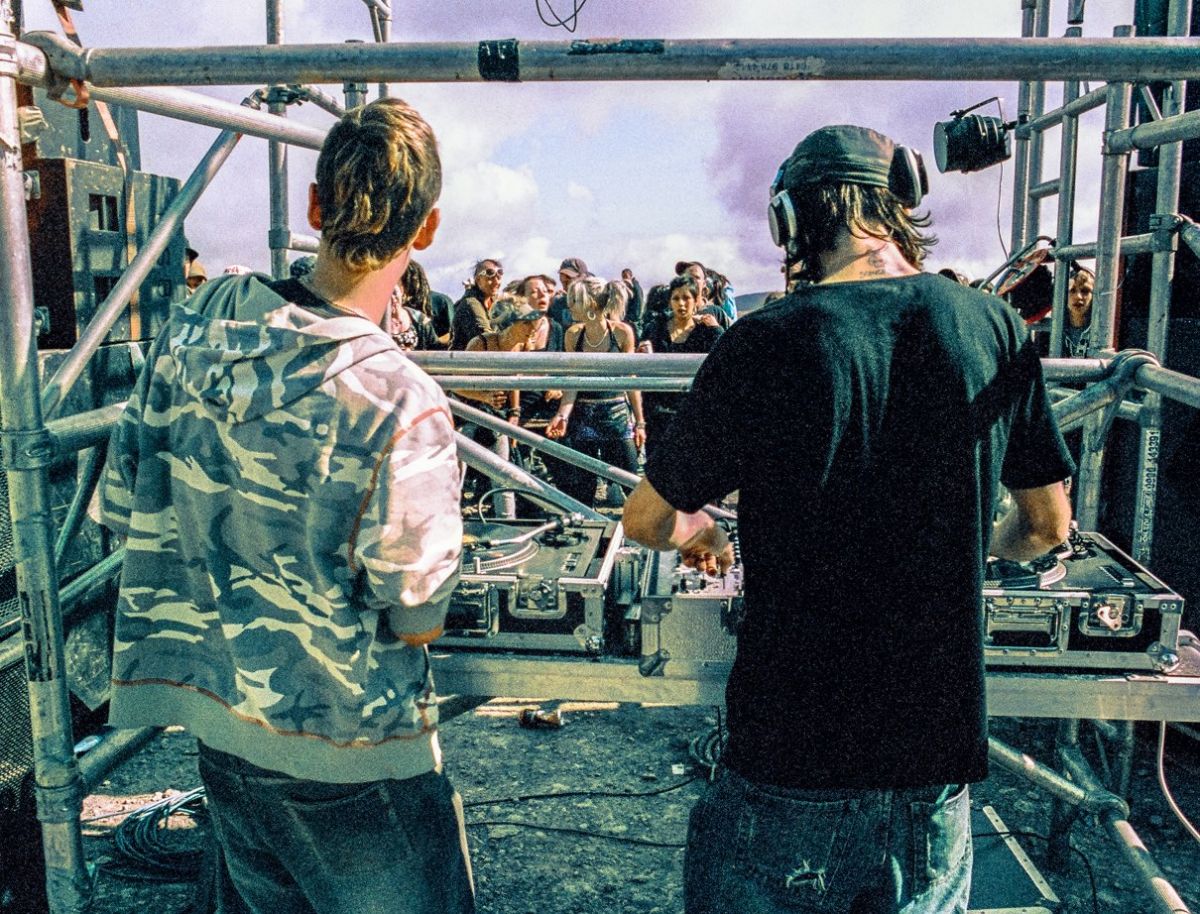Since the earliest records of human gatherings, cave-drawings show distant figures moving their bodies to the sound of drums made from hide. Judging by similar surviving ceremonies in Africa, India & Australasia, humans have been intrinsically and energetically connected by the repetitive beats of music composed specifically to encourage and intensify our natural desire to dance together.
Time-warp to the late 1960s and the commercial availability of the electronic synthesiser such as the Moog, and the evolving of self-built dub Sounds Systems in Jamaica, early experimentation with big sound & electronic music begins, and by the early 1980s, drum and rhythm machines such as the Roland-808 and the Roland-909 bring to the world an opportunity to reconnect to those ancient sounds of bass, rhythm and a resounding repetition.









